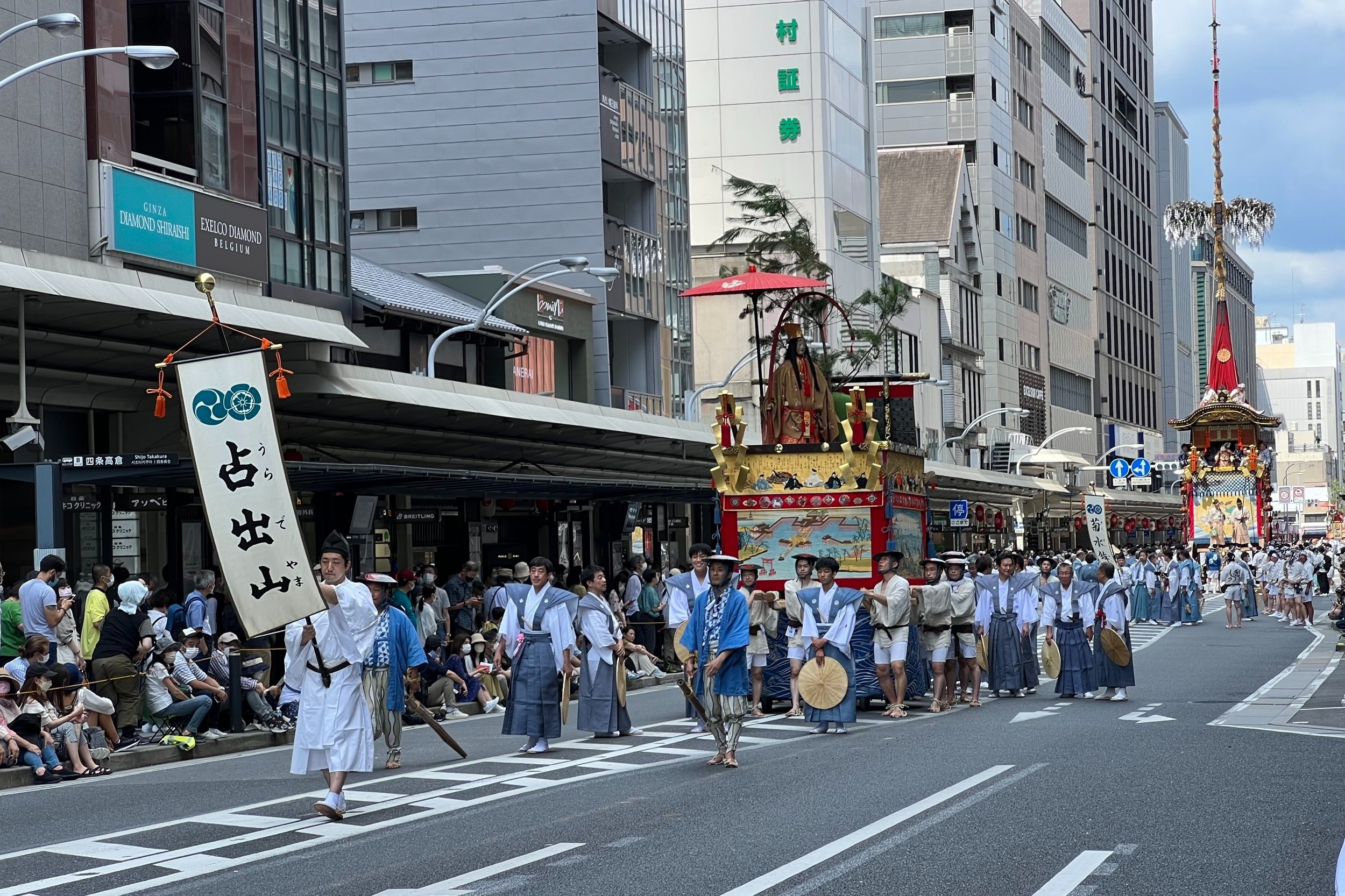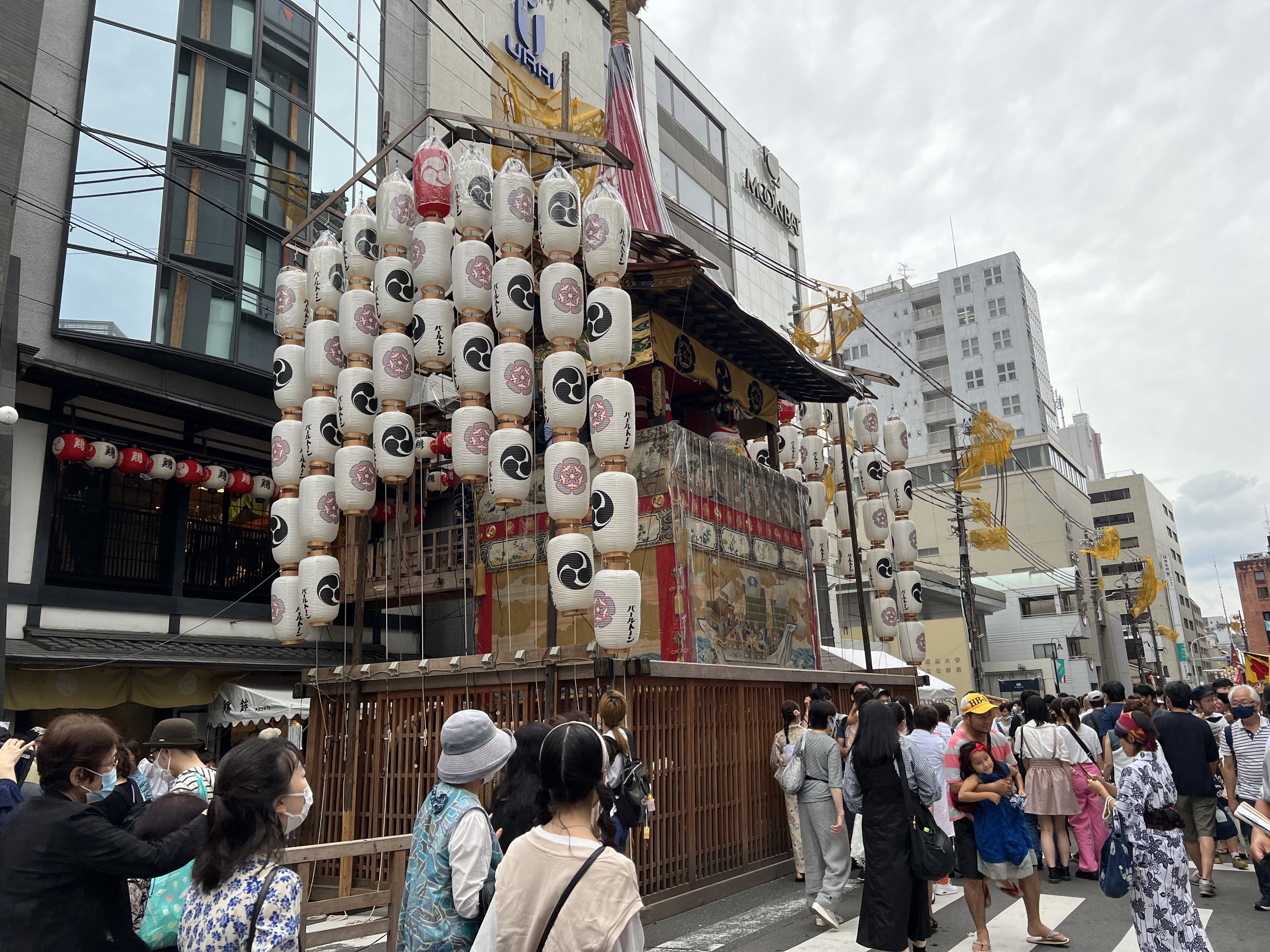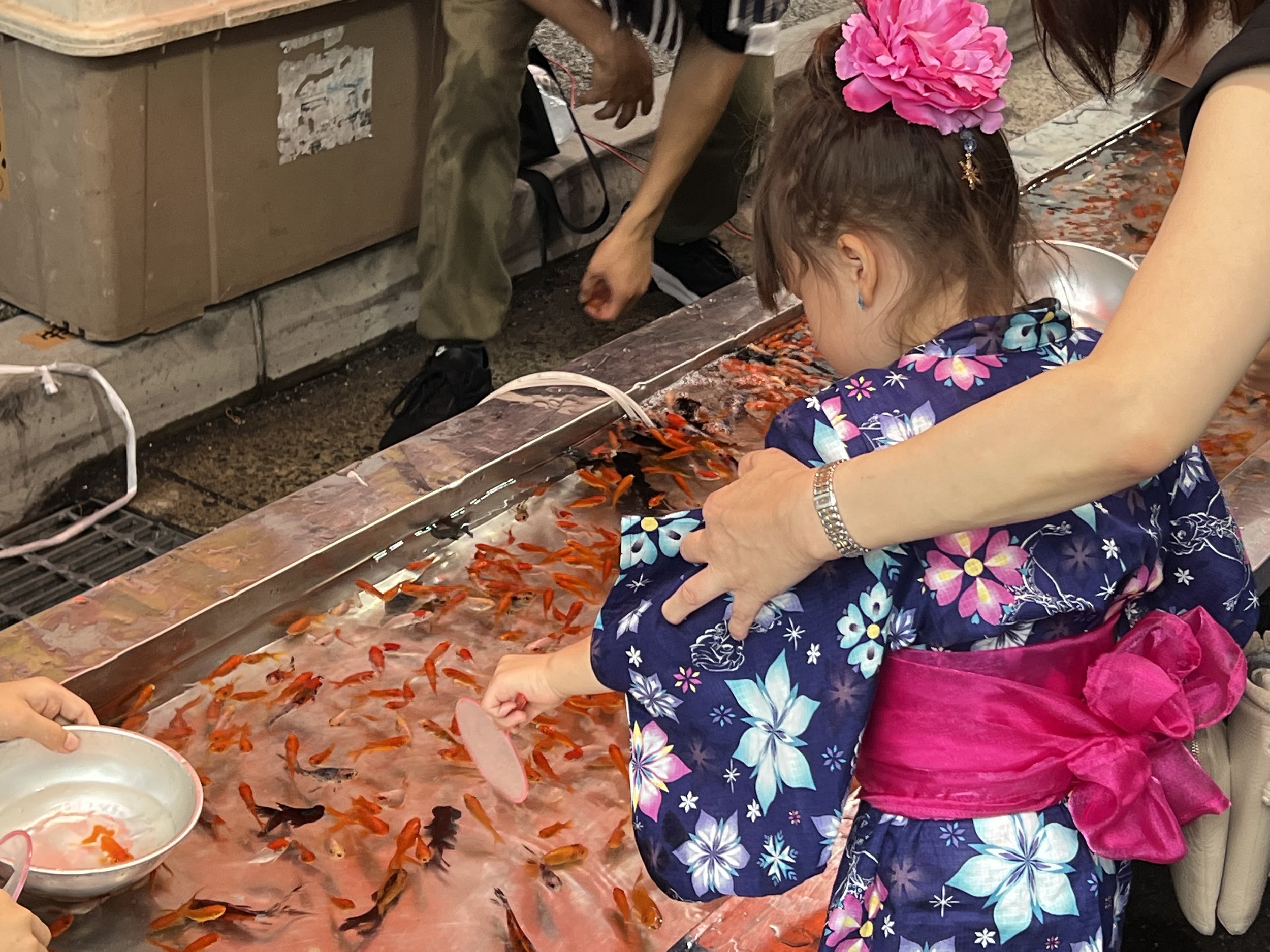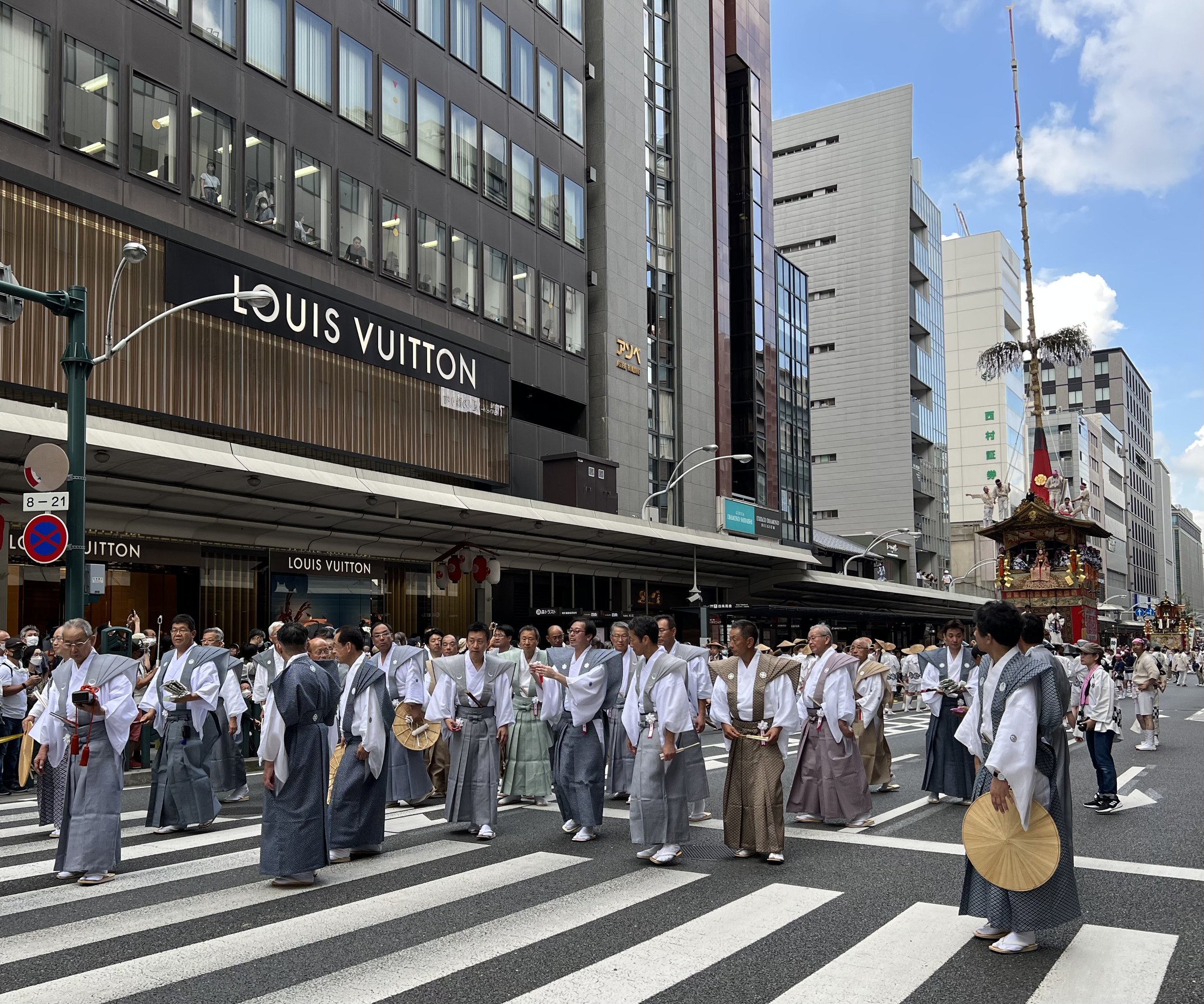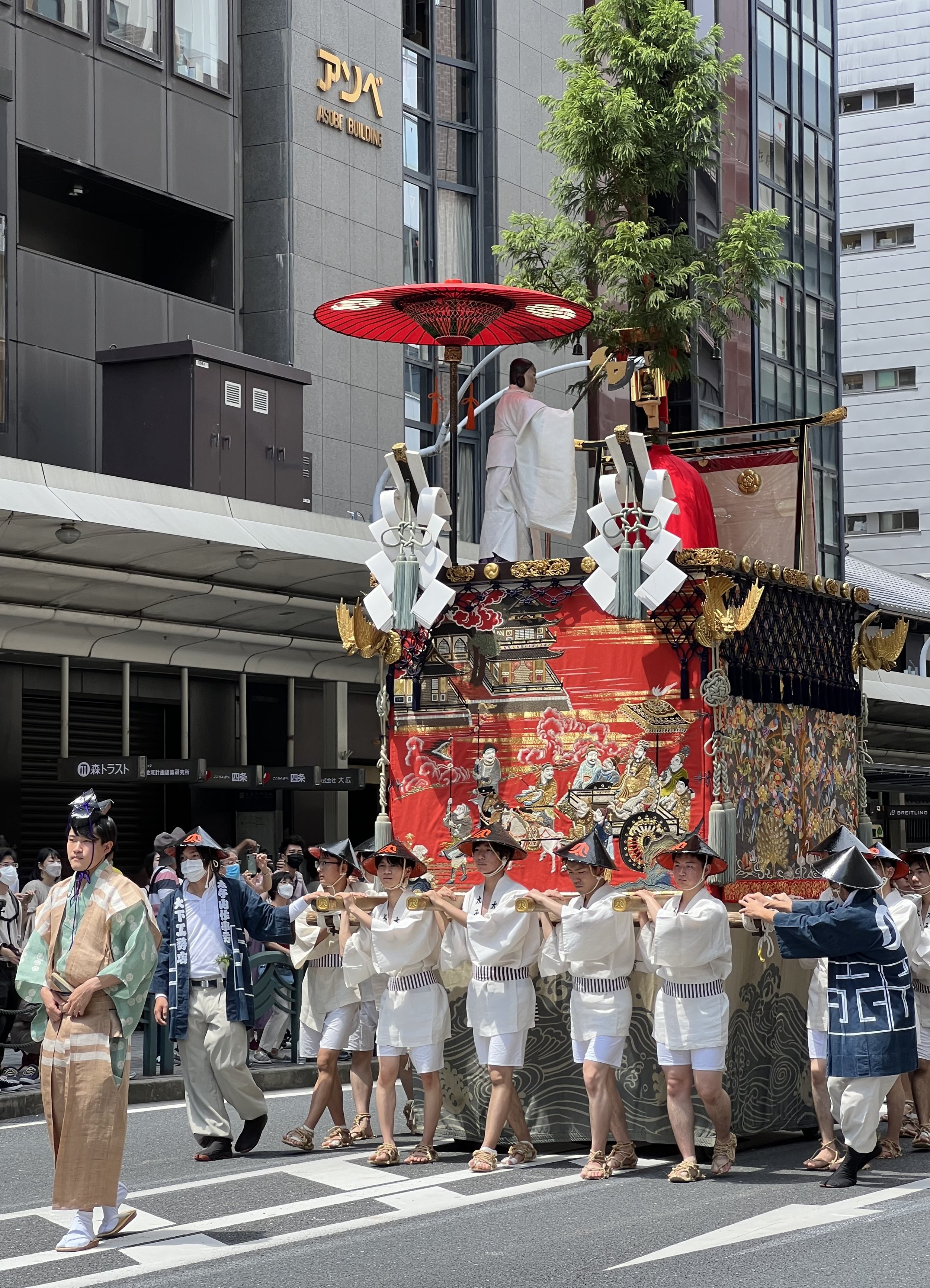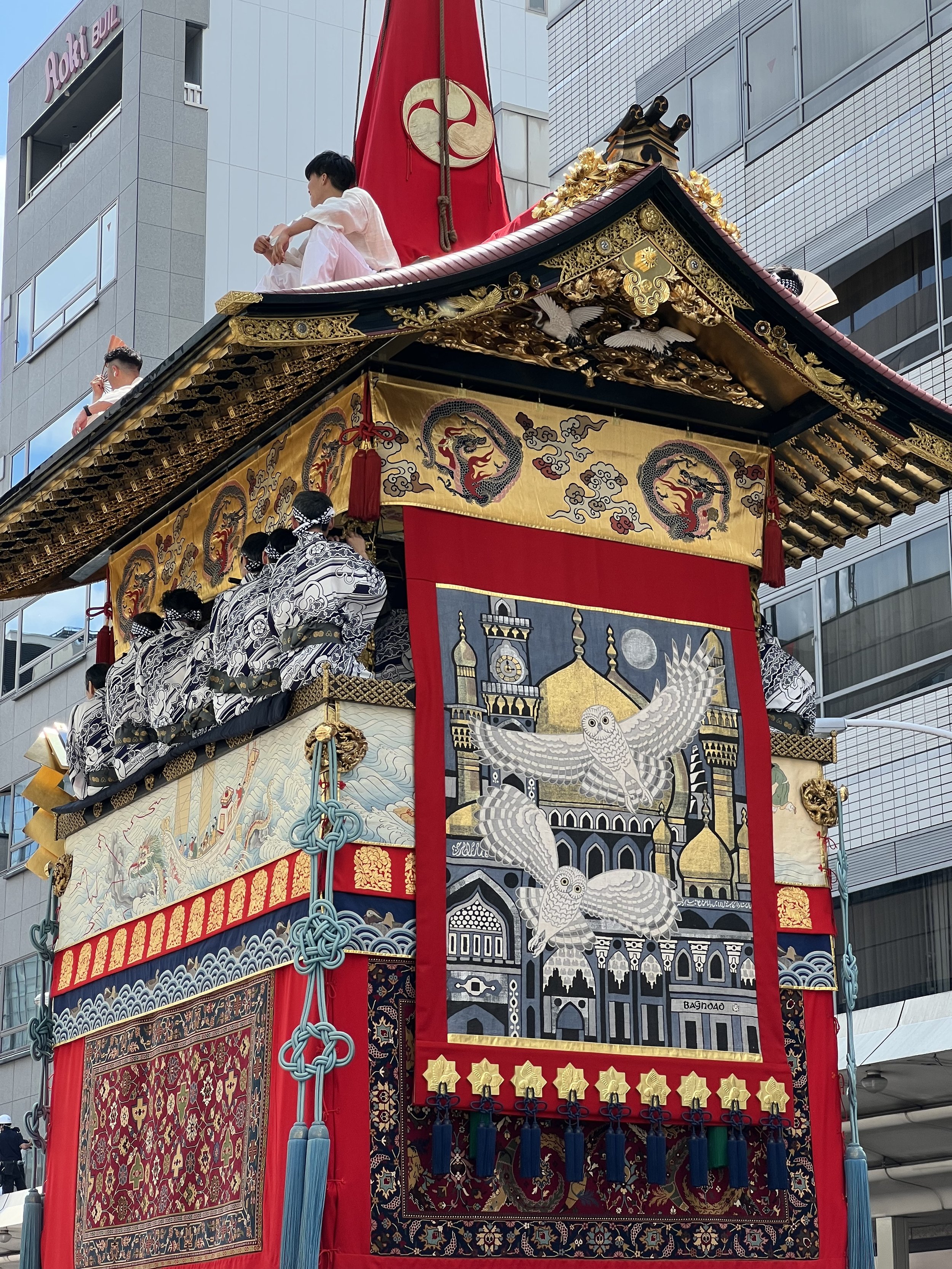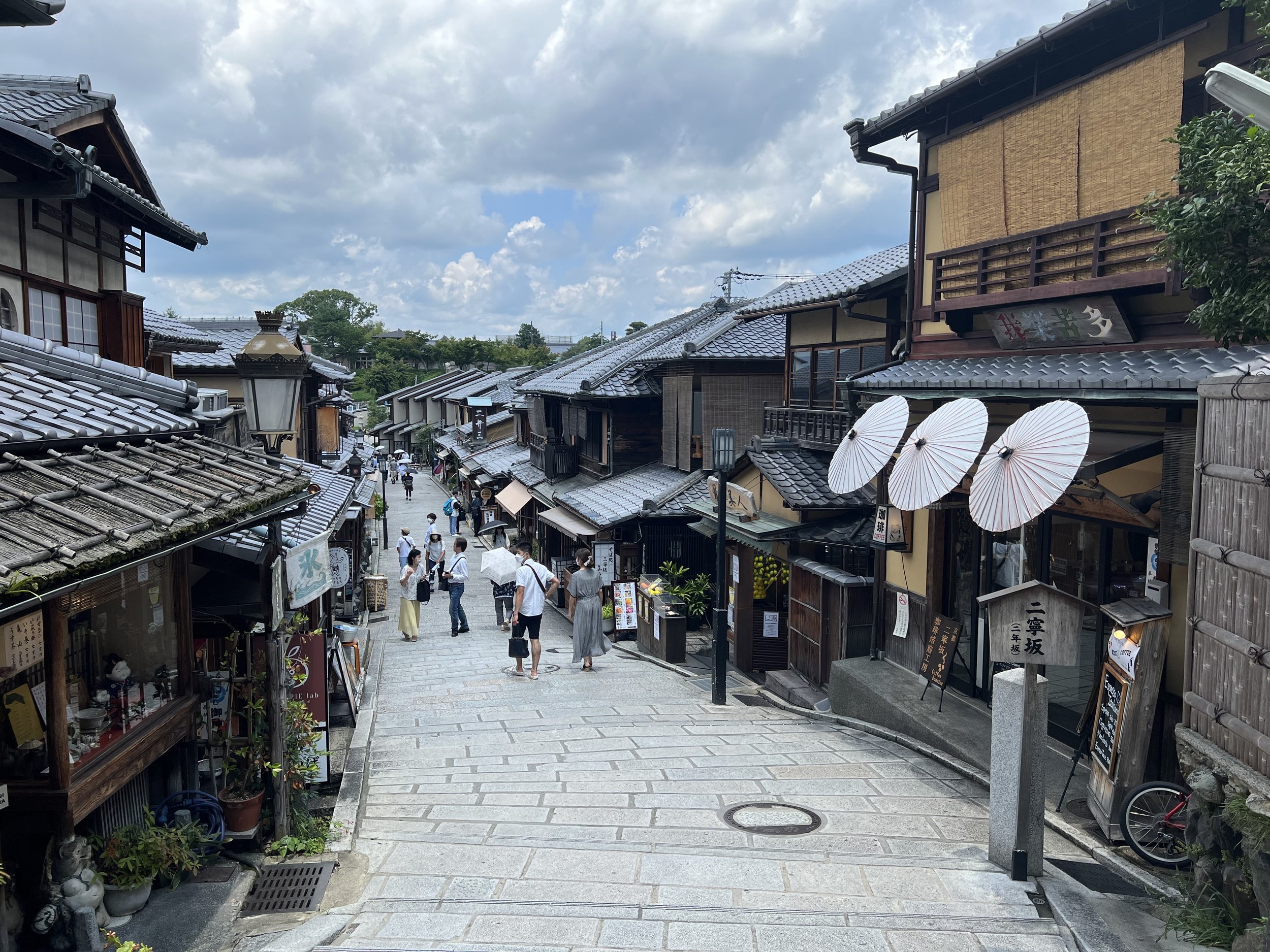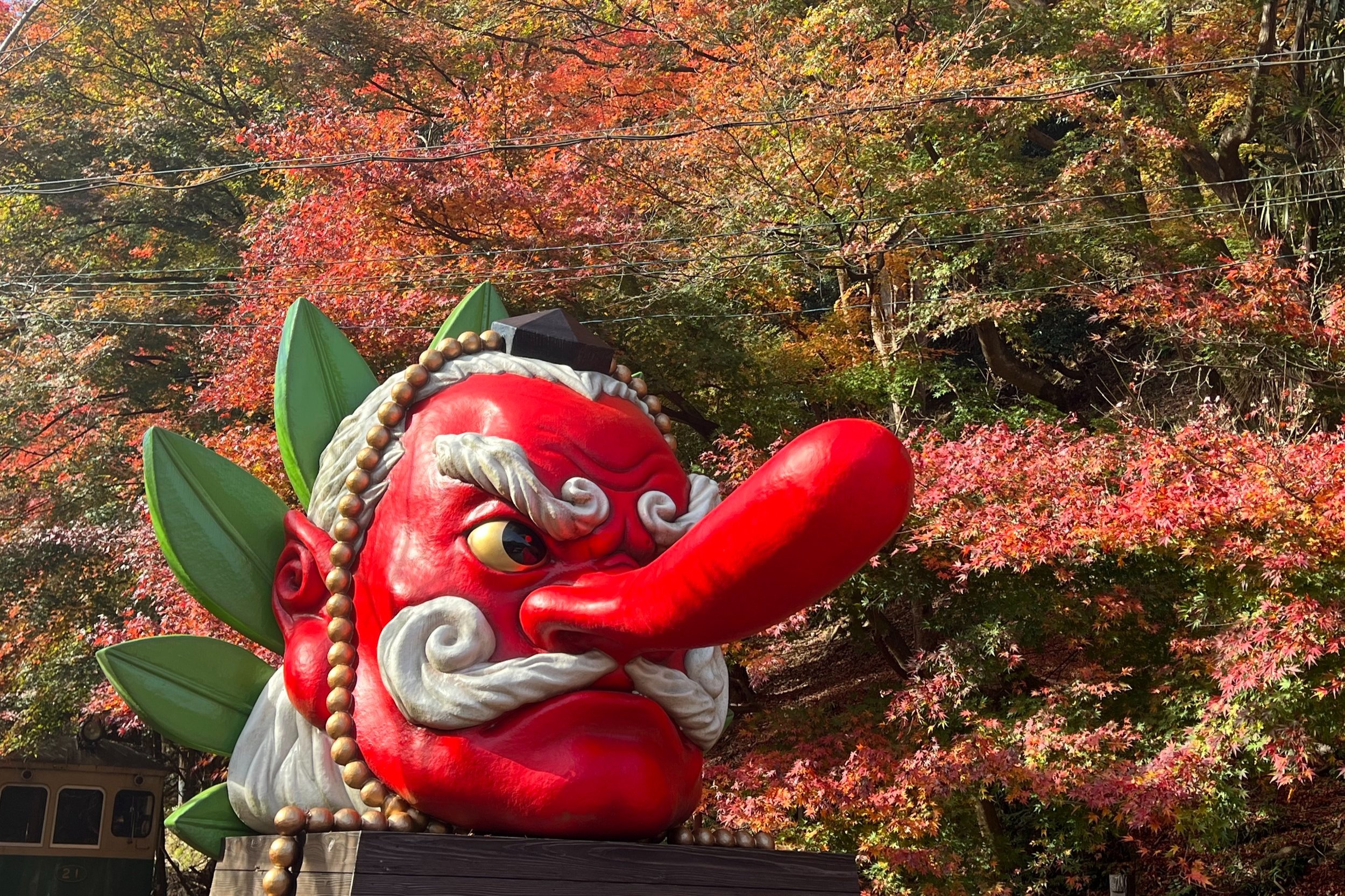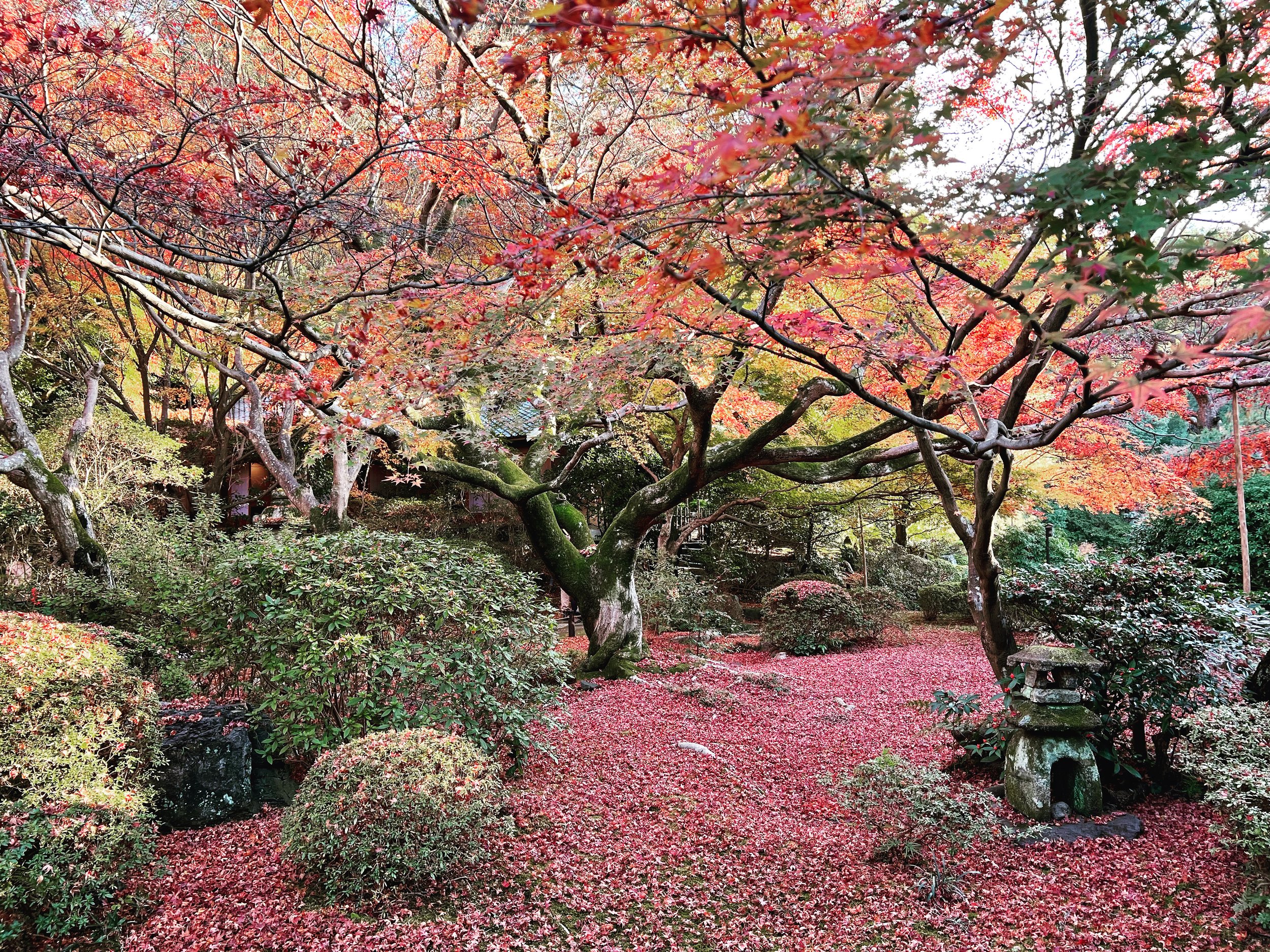Guide to Kyoto’s Gion Matsuri, One of Japan’s Biggest Summer Festivals
Gion Matsuri (祇園祭) is one of Japan's biggest summer festivals, taking place in Kyoto every year for a month from 1 July. I was lucky to be able to attend the main event of the Gion festival, the Yamaboko Junko, in the summer of 2022, after it had been cancelled for two years due to the covid-19 crisis. It was a very memorable experience, and I'd now like to share it with you, along with a few tips on how to prepare for this great event.
What is the Gion Matsuri?
The Gion Matsuri is the festival of Yasaka-jinja Shrine (八坂神社), a large Shinto shrine located in the Gion district of Kyoto. The festival began in 869 as a religious ceremony to appease the gods when an epidemic broke out, and has been held annually ever since.
Many events are organised as part of the festival throughout the month. The grand procession of floats, called Yamaboko Junko (山鉾巡行), which takes place twice during the month on 17th and 24th, is spectacular. There are the festive evenings preceding the parade, called Yoiyama (宵山) when the streets become pedestrians only, and it is possible to get a close-up view of the floats scattered around the parade area and to sample street foods in the many stalls.
What to Expect? A Look Back at a Previous Gion Matsuri
In 2022, the 17th was a Sunday, so I was able to plan a weekend trip to Kyoto to attend the festival's main event. It was a bit intense, as I travelled by overnight bus to Kyoto on Friday evening and back to Tokyo on Sunday evening, but it was definitely worth it!
I had chosen an accommodation nearby the main events area, which is actually not in Gion as the festival name could suggest it but actually on the opposite side of the Kamo River along Karasuma and Shijo street. After settling in, it was time to explore and see what this Gion Matsuri was all about and go enjoy Yoiyama!
The day before the festival, you can explore the nearby streets of Karasuma and Shijo to see the floats up close and even visit the inside of some of them. There are food and festival stalls everywhere, as well as little shops where you can buy traditional items and yukatas. I recommend walking to Yasaka Shrine, as there were more food stalls there as well as traditional performances are held, and you can relax and escape the crowds in nearby Maruyama Park. All in all, just walking around the area and soaking up the festive atmosphere was a great experience!
Whereas in the afternoon the crowd was made up more of families with young children and the elderly, the evening attracted more teenagers and young adults, which changed the atmosphere somewhat. In any case, it was one of the times I experienced the most crowd in Japan. So if it is not your thing, I’d recommend visiting the festival in the afternoon rather than in the evening, when you may have to wait in long queues to buy a snack and walk very slowly through the crowded streets.
But the main attraction was the following morning: the floats parade (Yamaboko Junko). Each year, the floats are paraded for the first time on the morning of 17 July from 9am to 1pm, and again on the morning of 24 July from 9.30am to 11.50am, following a three-kilometre route along Shijo, Kawaramachi and Oike streets. The parade on 17 July is the larger of the two, with 23 floats, while the parade on 24 July has just 11.
I arrived about 30 minutes before the procession started to find a place just behind the barriers, which meant I could be in the front row to admire the parade up close. The heat was quite intense, but I was near the entrance to a shopping centre, which meant I could take advantage of the cool breeze escaping from the opening doors. And I also came prepared having with me a few water bottles and a fan. If you don't want to stand for a long time, know that there are a few (but very expensive) paying places available in front of the town hall which must be booked in advance.
Watching the parade was an incredible spectacle! Thousands of people in traditional costumes form the procession, each float has its own designs and ornaments and traditional musicians sit and play on the floats as they go by. It really was a feast for the eyes. One of the participants even gave me a lucky charm as he passed nearby! Below are a few pictures of the parade to give you an idea of how it was like.
It took about 2 hours for all the floats to pass where I was, and as I was near the start of the parade on Shijo-dori, this meant that the parade would continue for another 2 hours or so, until it reached its end point at Karasuma-Oike station. So I decided to use this time to explore the Gion and Kiyomizudera areas, which was a good plan as they weren't very busy, with everyone still gathering to watch the parade. And so I had the rest of the day to enjoy Kyoto before catching my night bus back to Tokyo.
To Sum Up: My Recommendations and Tips for the Best Gion Matsuri Experience
1/ Try to choose an accommodation near the Shijo and Karasuma districts, so as to be within walking distance of the main Gion Matsuri events. Of course, it’s best to book as early as possible to ensure an affordable accommodation as it is a particularly popular moment to visit Kyoto.
2/ Be prepared for the crowds. The crowds are part of the experience. You really get a feel for what it’s to attend a Japanese summer festival, with families and groups of friends getting together and celebrating, wearing yukatas and eating street food. But people who can’t stand being in crowded places may not enjoy it much. If that’s your case, I’d recommend going to the Yoiyama event in the afternoon rather than the evening.
3/ Go early to find a place at the front to enjoy the parade and stay there. The sidewalks of the streets where the parade takes place become very busy during the event. So I think it’s better to stay in one place rather than trying to catch the parade at different places. A popular place to watch the procession is where the streets cross and the floats have to turn (between Shijo-dori and Kawaramachi-dori and between Kawaramachi-dori and Oike-dori), but I understand there are even more people there. I stayed near the start of the procession in front of the mall Daimaru Kyoto.
4/ Get ready for the heat. July in Japan is hot and humid. On the day of the procession, the temperature was over 35 degrees. So make sure you wear light, comfortable clothes, have plenty of water and maybe a fan or other Japanese cooling products that you can buy in drugstores or kombinis. Little anecdote, I remember seeing foreign tourists wearing a full kimono (not even a summer yukata) and although they looked beautiful, they must have been really hot.
5/ Tired of the Gion Matsuri? Visit the rest of Kyoto meanwhile without the crowds. It may be just a feeling, but I had the impression that other places in Kyoto were less crowded because people were gathered around the matsuri area during the parade. If you've had enough of the Gion Matsuri, you can visit other sites in Kyoto, and there is no shortage of them!
To Conclude
Attending a major Japanese summer festival like the Gion Matsuri is an extraordinary experience if you're in Japan in July! I hope this article helps you to get an idea of what the Gion Matsuri is all about and to prepare for the event if you're thinking of attending.
Found this article helpful? Buy me a coffee. 😊
Want to stay in touch? Subscribe to my monthly newsletter (with latest articles, updates, travel tips and more...) delivered straight to your inbox. 📩
This article was originally published on July 22 2023 and updated on May 23 2024.

